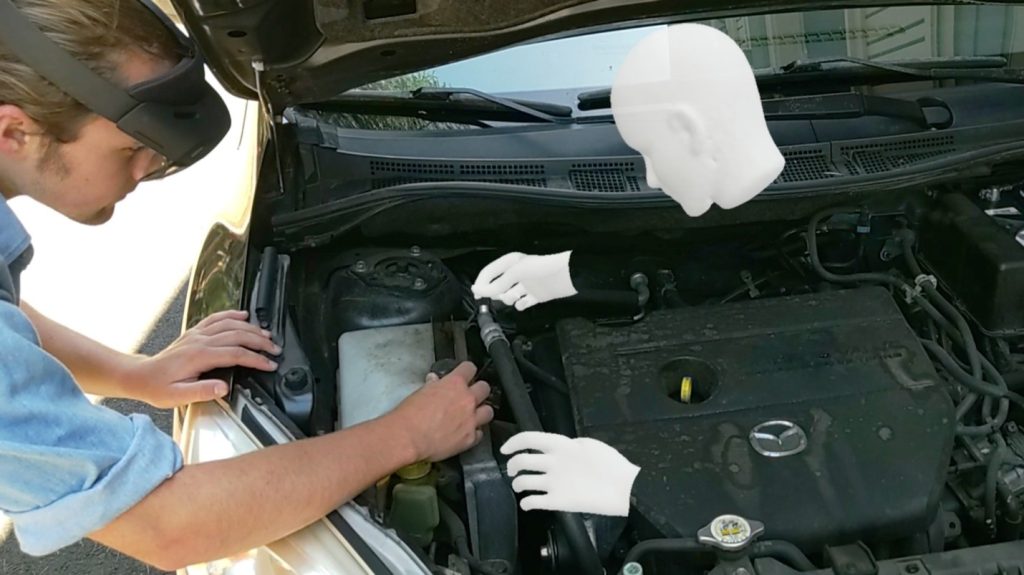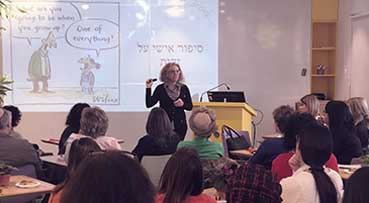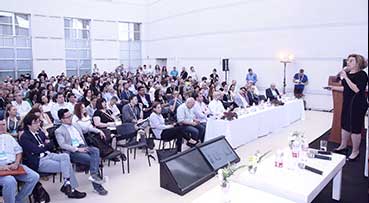The emergence of AI-powered tools has once again brought forth the age-old question: Will technology render human labor obsolete? While historical evidence shows that technological progress has often created more employment opportunities than it has displaced, the present situation is different. Unlike previous technologies, AI is replacing well-paying jobs, raising concerns about the nature and remuneration of future employment. Will the new jobs created be lower-paying or require broader skill sets? We must consider the implications of this shift.
Examining the Impact: GPT4 and Workforce Exposure:
A joint study conducted by OpenAI and the University of Pennsylvania analyzes the potential impact of GPT4, a cutting-edge AI system, on various industries and job roles in the United States. The study introduces the concept of “exposure,” which measures the susceptibility of specific activities to be efficiently performed by AI tools like GPT4. Jobs with higher exposure are more likely to witness rapid adoption and yield greater value. Strikingly, estimates suggest that nearly 20% of American workers will experience significant impacts on at least 50% of their tasks, affecting approximately 80% of the overall workforce to some extent. Occupations such as writing, public relations, accounting, and programming exhibit high exposure, while science-based roles like mathematicians and translators display low exposure. Furthermore, the study finds a correlation between education levels and exposure to GPT4, indicating that individuals with advanced degrees face higher levels of exposure.
Although the decline in wages within high-paying professions might seem like a positive step towards narrowing the wealth gap, it is not as straightforward as it appears. The key concern is not whether programmers or other professionals should fear technology replacing their roles, as they already anticipate this reality. Instead, they actively embrace new technologies, enhance their skills, and leverage them to improve their work. While short-term gains in productivity and development are plausible, the long-term market saturation could lead to declining salaries. However, this process will drive programmers and other professionals to continuously enhance their skills, adapt to the latest industry developments, and create innovative solutions.
Graphic designers serve as a prime example of professionals impacted by AI tools. Previously, they commanded high fees for logo creation, which can now be accomplished more easily with artificial intelligence. However, the true value of a designer lies beyond merely creating a logo. Their expertise lies in understanding the nuances of aesthetics, composition, and color theory—the elements that initially compelled clients to seek their services. Consequently, AI-powered tools can enhance a creative graphic designer’s workload, enabling them to provide more solutions and even envision designs previously unimaginable.
Reframing the Question: Embracing Technological Proficiency:
Instead of fixating on the question of whether technology will replace specific professions, we must shift our focus to professionals who embrace technology versus those who resist it. This distinction underscores the growing disparity among occupations. By failing to acknowledge the imminent transformative power of technology and dismissing its relevance to their fields, some professions inadvertently contribute to their own potential downfall. This mindset resembles the tale of the turkey in Nassim Taleb’s book “The Black Swan,” which naively believes that its daily provision of food will persist indefinitely, unaware of the impending Thanksgiving feast where turkeys become the main course.
This turkey-like perception is applicable to entire groups of occupations, such as plumbers and mechanics. In the near future, augmented reality (AR) tools will empower individuals to address minor plumbing leaks or resolve basic car issues by following virtual guidance from “virtual professionals.” At the CES conference in Las Vegas this year, glimpses of these innovative solutions were already evident, showcasing how inexperienced individuals could perform tasks under expert guidance. These tools are expected to parallel GPT’s impact on programmers and writers, making certain professions more accessible to non-experts. However, unlike programmers who eagerly adapt to emerging technologies, mechanics and other professionals lack preparedness, and the looming future where their roles are replaced by these tools catches them unaware.
The Certainty of Change: Nurturing a Technologically-Ready Workforce:
One certainty remains: the future belongs to those who embrace change, adapt to new tools, and continuously upgrade their skills. This reality extends far beyond discussions of high-tech or current programming trends, as GPT will inevitably replace programmers. Instead, the focus should center on individuals’ ability to work alongside technology throughout their careers, leveraging it as a collaborative aid. The willingness to learn, evolve, and remain unafraid of change is vital. Furthermore, individuals must specialize in the skills demanded by an ever-changing job market. Paradoxically, the professions that believe technology does not concern them are the most vulnerable to disruption.
To mitigate the widening socioeconomic gaps, public policy must prioritize the preparation of workers for a technology-driven age. As technology assumes more tasks, individuals must learn to engage with new applications and acquire relevant skills. Consequently, the labor market will not contract but undergo transformations, necessitating new competencies. This creates disparities between individuals’ existing skill sets and the evolving demands of the labor market. If the ability to enhance employment opportunities and wages hinges on embracing new tools, it is highly probable that without sufficient investment in education and lifelong training, the gaps will widen rather than narrow.
The rise of AI and its impact on employment demands a paradigm shift. Rather than fixating on the fear of technology replacing professions, professionals should strive to become the ones who adeptly integrate technology into their work processes. By cultivating a technologically proficient workforce and fostering a culture of continuous learning, we can navigate the future of work successfully. The goal is not to resist change but to utilize technology as a catalyst for personal growth, innovation, and improved job prospects. Only by preparing for a technologically advanced world can we bridge the gaps that currently divide us.


![large-AX1A2125-2[1] large-AX1A2125-2[1]](https://niritcohen.com/wp-content/uploads/elementor/thumbs/large-AX1A2125-21-pnzedcs72atx5aeurqytqdiihxixlq02re9mlz805s.jpg)






